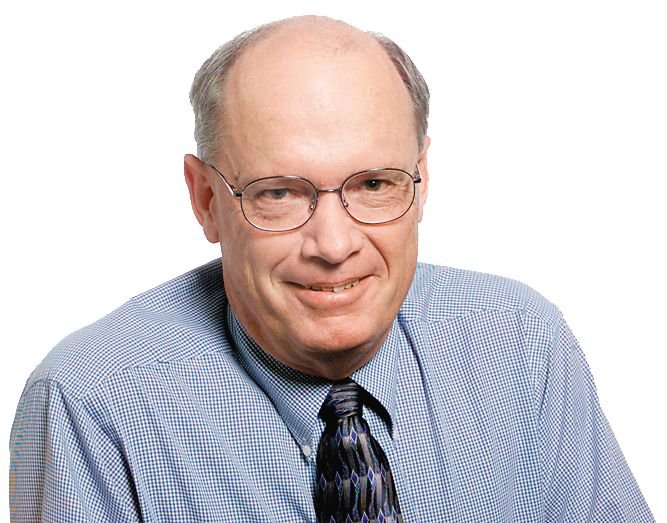Obviously, the American people want more tax-supported public golf courses in Clark County. OK, so maybe it’s not the American people per se. And OK, maybe it’s just my foursome on the golf course. And if you insist on details, maybe our vote wasn’t unanimous. Maybe it was just 75 percent of us, because before I polled the group Bubba had announced he was quitting golf for good and walked off the course leaving one golf ball and five craters in an unraked sand trap.
But that won’t stop me from claiming to represent “the American people” in my crusade for more local golf courses.
By now, you get my point: Be careful when listening to civic activists’ claims about how “the people” feel.
Last Sunday’s column exposed the fallacy of local ideologues who appear at city and county meetings and claim “the people” want or don’t want something or the other. Often, “the people” is code for “me and my buddies, and maybe I run with a small crowd, and maybe we don’t listen well to others.”
This week I will attempt to take this discussion to the national level. The only firm conclusion we can draw about “the American people” is that we are closely divided on most major issues. This is a good thing, because keeping that needle near the middle of the gauge allows freedom to flourish fully. For proof of the near-equal division of Americans, look at presidential elections. In the past quarter of a century, no president has won more than 53.4 percent of the popular vote. And in three of the past six presidential elections, the winner didn’t even receive 50 percent! The last time a president fared better than Barack Obama’s 52.9 percent in 2008 was 20 years earlier when Republican George H.W. Bush took 53.4 percent. A lot of good that did the one-termer.
Stunning clairvoyance
This constantly wavering but equally divided American dialogue doesn’t stop both liberals and conservatives from telling us what “the American people” believe. One of the most visible practitioners of this stunningly clairvoyant preaching has been John Boehner. The speaker of the House has difficulty starting a sentence without uttering “The American people …” even though polling data would keep even a child from broad-brushing the electorate in such a way.
Take health care reform, for example. Last week marked the first anniversary of the “Patient Protection and Affordable Care Act,” also known by many Americans as “That Kenyan Muslim’s Socialist Scheme to Destroy America.” On Wednesday, a CNN/Opinion Research Corporation poll revealed that 59 percent of 1,012 survey participants oppose the bill and 37 percent support it. After a full year of rancorous debate, the figures are little changed from March 2010, when the percentages were 59 and 39.
That 59 percent could lead Boehner and others to insist that “the American people” overwhelmingly reject “Obamacare.” But look at the poll’s details. Polling Director Keating Holland said in a CNN story: “It’s worth remembering that opposition to the bill came from both the left and the right last year, and that has not changed either. In 2010, about a quarter of the health care bill’s opponents disliked the bill because it was not liberal enough, the same as today. That works out to 13 percent of all Americans (polled) who oppose the bill because it did not go far enough. Forty-three percent oppose it because it was too liberal.”
Thus we have what I describe as the Sean Hannity Interpretation and the Rachel Maddow Interpretation of this poll. Hannity might focus on the headline and insist that “the American people” hate the health care reform bill, and this heralds the downfall of a one-term president. But Stanford University graduate and Rhodes Scholar Maddow might dig a little deeper. She could point out that, if you take the 13 percent who oppose health care reform because it’s not liberal enough, and add that to the 37 percent who support the bill, the total shows 50 percent of poll participants rejecting Republican ideas about health care reform.
Whom do you believe? Of course, that depends on which half of “the American people” you run with. Just don’t pretend to represent the whole.
John Laird is The Columbian’s editorial page editor. His column of personal opinion appears each Sunday. Reach him at john.laird@columbian.com.



